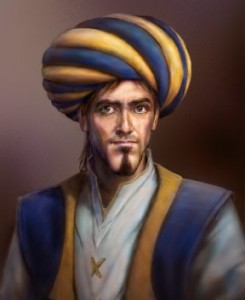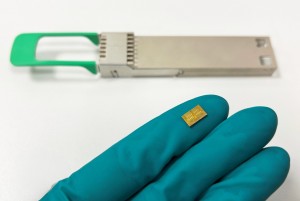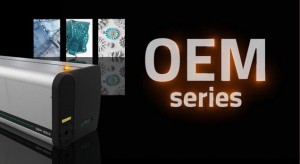
Iraqi scientists recently celebrated the Arab scientist Ibn Al-Haytham with a presentation of Ibn al Haytham’s biography and books, scientific lectures and exhibition gallery with many cultural activities. The event was held in the Technology University Baghdad, under the auspices of Prof. Dr. Mohamed Abdel Wahab, head of the department of laser engineering and optical electronics.
The Department of laser engineering and optical electronics of the Technology University Baghdad organized scientific and cultural celebration of the International Year of Light and Light-based Technology (IYL) 2015 with a special focus devoted to the achievements of Ibn al-Haytham who made significant contributions to mathematics, optics, physics and astronomy, engineering, ophthalmology and scientific philosophy and visual sciences and cognition.
The celebration in Baghdad particularly included two lectures: the first one titled “Al-Hasan Ibn al-Haytham: curriculum and writings, and scientific creations in optics and medicine” given by Ass. Prof. Ayad Zwayen Mohammad and the second one was related to “Numerical and scientific miracle in the Quran” given by Ass. Prof. Akram Nouri from the Department of Applied Science. In addition to that, an exhibition of posters representing the biography and the writings of Ibn al-Haytham as well as an exhibition of lasers for optical show was organized in the Graduate Studies Laboratory.
About Ibn Al-Haytham
The year 2015 marks the 1000th anniversary since the appearance of the remarkable seven volume treatise on optics Kitab al-Manazir written by the Arab scientist Ibn al-Haytham. Born around a thousand years ago in present day Iraq, Al-Hasan Ibn al-Haytham (known in the West by the Latinised form of his first name, initially “Alhacen” and later “Alhazen”) was a pioneering scientific thinker who made important contributions to the understanding of vision, optics and light.
His methodology of investigation, in particular using experiment to verify theory, shows certain similarities to what later became known as the modern scientific method. Through his Book of Optics (Kitab al-Manazir) and its Latin translation (De Aspectibus), his ideas influenced European scholars including those of the European Renaissance. Today, many consider him a pivotal figure in the history of optics and the “Father of modern Optics”.
Ibn al-Haytham is credited with explaining the nature of light and vision, through using a dark chamber he called “Albeit Almuzlim”, which has the Latin translation as the “camera obscura”; the device that forms the basis of photography.
Out of the 96 books he is recorded to have written; only 55 are known to have survived. Those related to the subject of light included: The Light of the Moon, The Light of the Stars, The Rainbow and the Halo, Spherical Burning Mirrors, Parabolic Burning Mirrors, The Burning Sphere, The Shape of the Eclipse, The Formation of Shadows, Discourse on Light, as well as his masterpiece, Book of Optics. Latin translations of some of his works are known to have influenced important Medieval and European Renaissance thinkers like Roger Bacon, René Descartes and Christian Huygens, who knew him as “Alhazen”. The crater Alhazen on the Moon is named in his discoveries in optical communications that power the Internet today. The IYL Global Secretariat is located at the Abdus Salam International Centre of Theoretical Physics (ICTP).
Image courtesy of www.1001inventions.com. For more information on ibn al-Haythm and other notable innovators, go to 1001 Inventions.


































 Back to News
Back to News




























